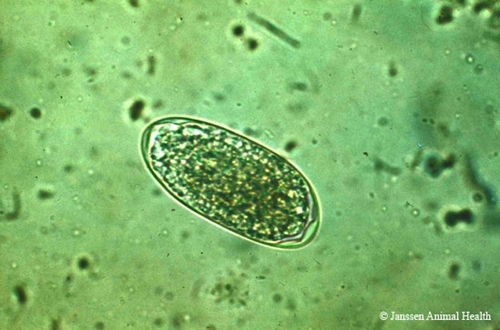
Now that the shooting season is over, many gamekeepers in the uplands are able to dedicate more time again to the condition of their grouse populations. February and March is the ideal time for assessing the infestation with strongyle worms and adjusting the administration of medicated grit accordingly.
GWCT research has shown that one of the main causes for declining grouse populations is infestation with strongyle worms in the birds’ digestive system. Strongyle worm infestation is currently treated with Flubendazole, a drug typically administered in the form of medicated grit. However, in order to obtain a veterinary prescription for the drug, and to administer it effectively, regular and consistent monitoring is indispensable.

Worm burden is monitored in two ways. First, during the grouse shooting season, the blind guts (caeca) of shot birds can be examined directly for the presence of worms. Second, in February and March, keepers can collect the chocolate-coloured pats that grouse excrete from their caeca and have them analysed for the presence of worm eggs. Combining the two methods at the two times of year gives a reliable indication of worm infestation, allowing for worm rises to be detected and early action to be taken.
GWCT Upland Advisory Services are available for carrying out caecal egg counts. It is important to note, however, that caecal pats cannot be frozen, as this destroys the worm eggs. We therefore recommend that you contact us early so that necessary arrangements can be made.
Caecal egg counts start at £300+VAT per 20 samples (or £17.50+VAT per sample)
For further information, please contact us on 0131 202 7670 or scottishadvisory@gwct.org.uk.